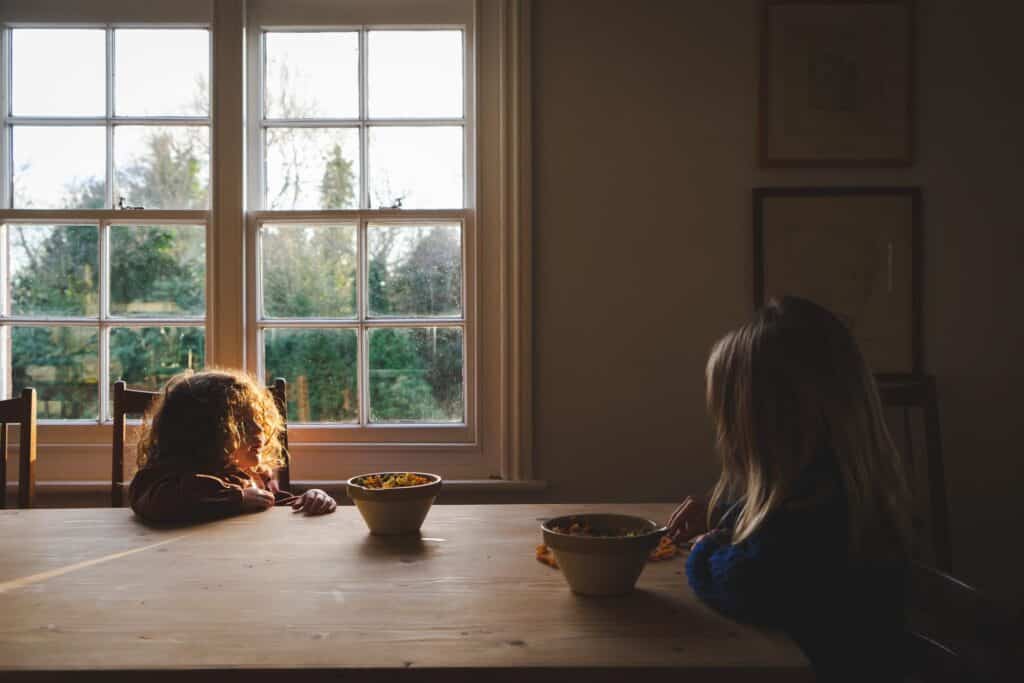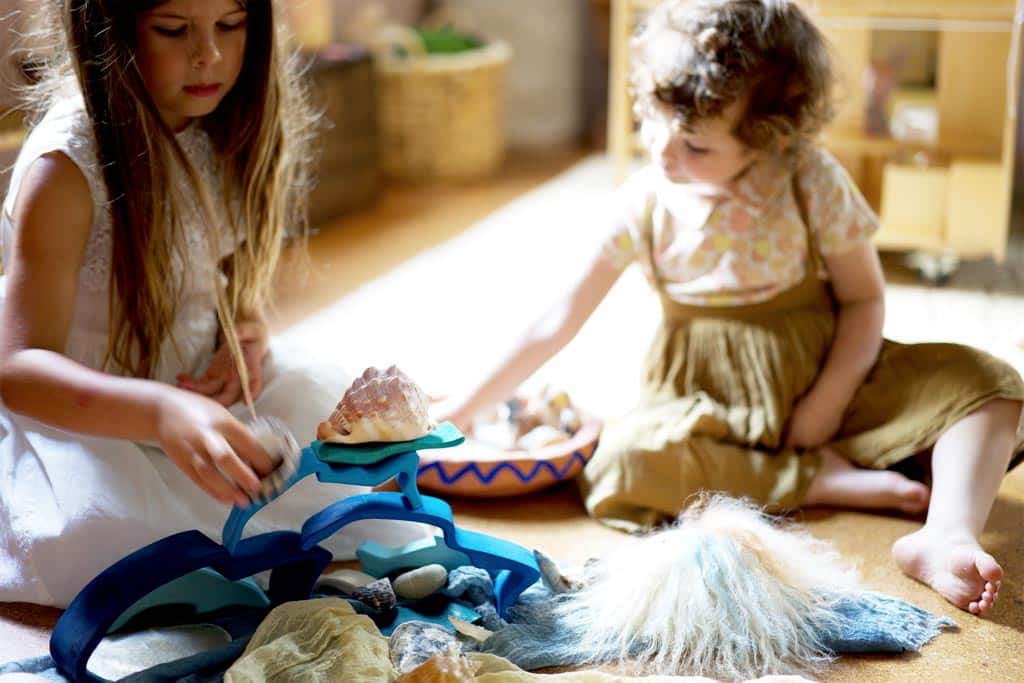It is not so much about how to teach children, but to ask ourselves what and how children can learn from a certain situation.
Carlina Rinaldi, Educator, Reggio Emilia
This is the heart of 100 Toys.
Affordances are the potential actions and interactions that objects or environments offer to our children.
How many ways can you think of to play with a pipe cleaner? With a ruler?
Which one affords more?
A ball affords rolling, bouncing, and throwing. A toy block affords stacking, lining up, or knocking down. But is that all? Get creative. This is divergent thinking. There’s a great TED talk on the subject by Sir Ken Robinson. Skip to 7m 30s if you’re short of time.
The ball could be a king’s orb, a magical jewel, a giant marble for a ‘marble’ run you build from chairs and the kitchen table.
Sometimes, this kind of play can cause problems. Especially if you are trying to survive the summer.
Sometimes, your child might explore affordances that weren’t intended by you or the product designer. A bookcase might afford climbing for a toddler, for example. Not what you need when you’re trying to keep everyone safe and calm.
Your goal is to develop an eye as perceptive as your child’s, to see the play potential in the everyday things around you.
The activities
Today I’m setting you a challenge. We’ll take a few household objects and you have to work out the affordance. Don’t worry, if you get stuck, just give the them to your child. She will work out what to do without a moment’s hesitation.
And that’s the point.
Here are your objects:
- tea tray
- cotton sheet
- colander
- glove
- cardboard box
- house plant
- satchel
Final word
Take a moment to sit back and observe your child play.
Which schemas is she exploring? Does she enjoy sensory play?
What could you offer that would spark her imagination?
Last night my sons were building ramps to launch their cars from. When they ran out of planks and blocks, we tried cardboard, books, rulers and paper. Thin, flat, reasonably stiff objects afford launching.
This is why toys always come second. They are fun – but with a bit of creativity you can find an open-ended material that works just as well – if not better.
This post first appeared in our email series, Surviving the Summer. Read the entire sequence – and our entire back-catalogue of emails – in The Good Old Days, home of our courses.

Have you run out of ideas?
What if you didn’t have to trawl the internet for play inspiration? What if your child’s freely-chosen activities were simple to set up, educational and deeply engaging?
How would that change things?
Our courses, A Year With My Child, Get Set Five and 5 Plus are designed for parents of toddlers, preschoolers and the over 5s and they’re packed full of fun and sensible advice.
Enter your email and we’ll send you free modules from each course. And then sit back and relax as your child learns to make her own fun.





